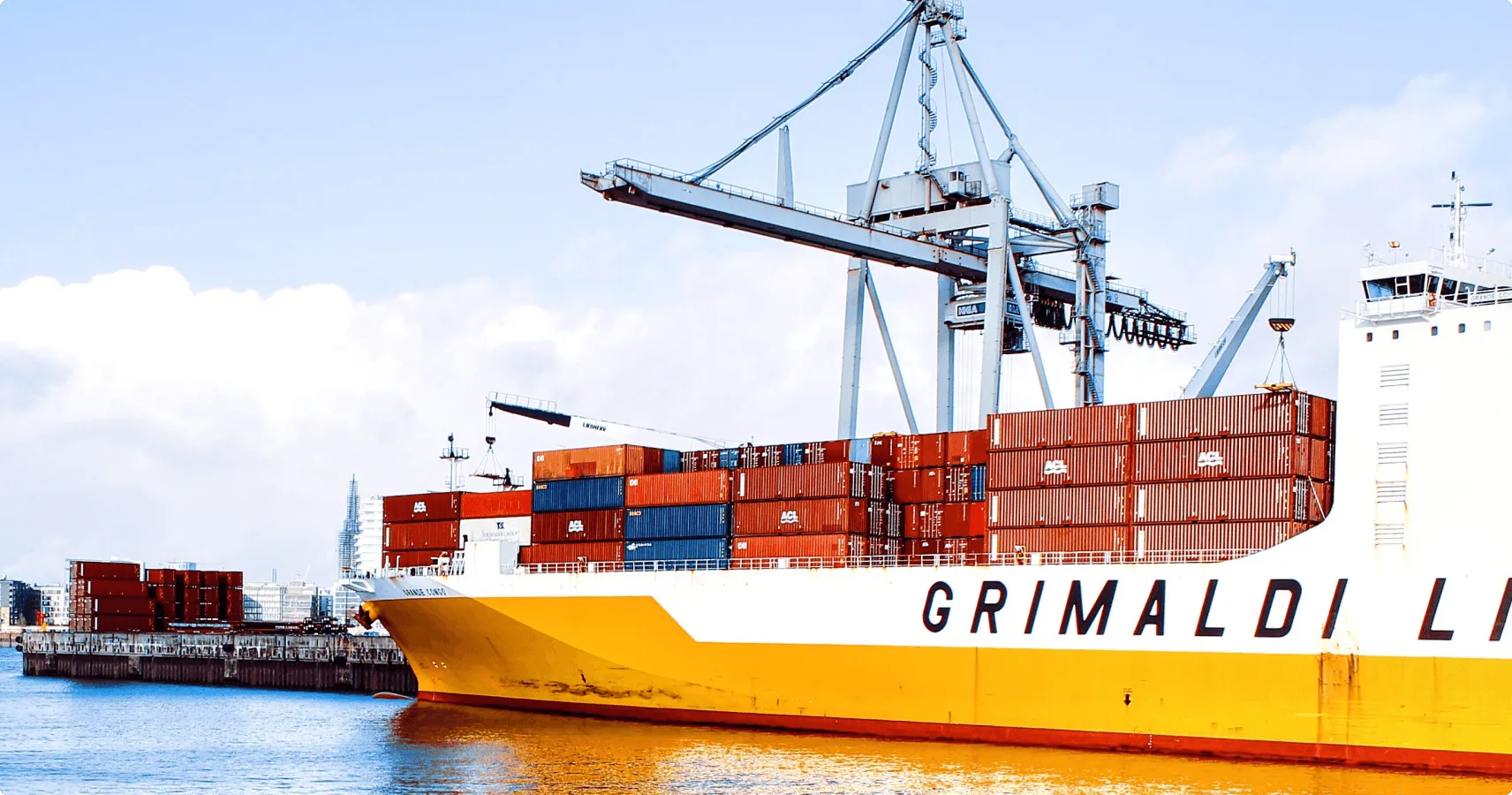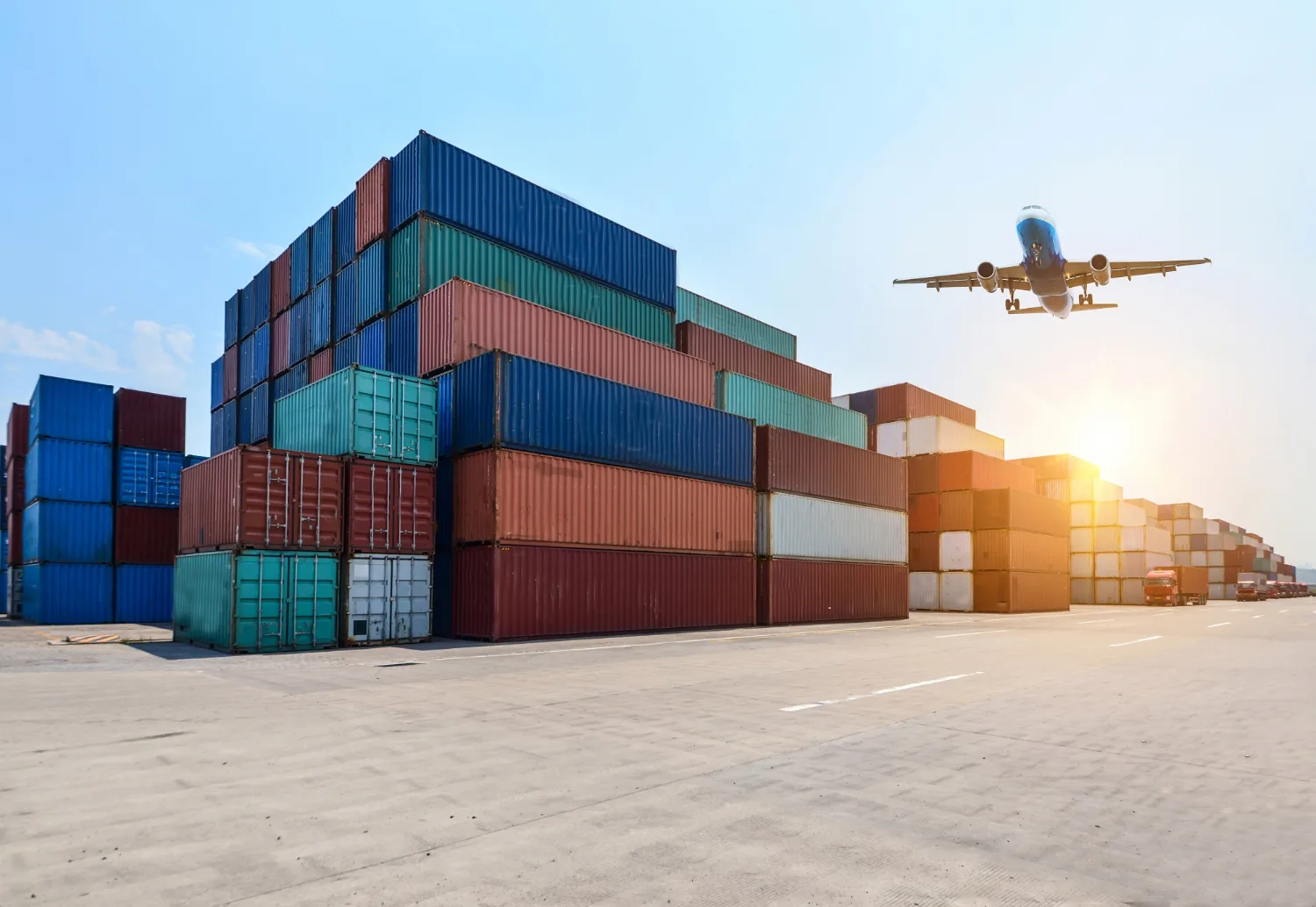Why Transport is Key in Logistics: The Backbone of Supply Chain Efficiency
In the world of logistics, transport plays a critical role in ensuring the smooth flow of goods from manufacturers to consumers. Efficient transportation is the backbone of a well-functioning supply chain, impacting cost, speed, reliability, and customer satisfaction. In this blog, we explore why transport is key in logistics and how businesses can optimize their transportation strategies.
Facilitating the Movement of Goods
Transportation enables the physical movement of raw materials, components, and finished products across different locations. Whether by road, rail, air, or sea, an effective transport system ensures that goods reach their intended destinations on time and in optimal condition.
Enhancing Supply Chain Efficiency
A well-coordinated transport system minimizes delays, reduces transit costs, and ensures timely deliveries. Efficient transportation improves inventory management, allowing businesses to maintain optimal stock levels and prevent supply chain disruptions.
Cost Management and Profitability
Transportation costs constitute a significant portion of logistics expenses. Companies that optimize transport routes, consolidate shipments, and use fuel-efficient modes can significantly reduce costs. Lower transportation expenses translate into higher profitability and competitive pricing.
Meeting Customer Expectations
In today’s fast-paced market, customers demand quick and reliable deliveries. E-commerce growth has intensified the need for efficient transport services. A well-structured transport network ensures that businesses can meet customer expectations, enhancing brand reputation and customer loyalty.
Faqs
Transportation is essential in logistics as it enables the movement of goods across supply chains, ensuring timely deliveries, cost efficiency, and customer satisfaction.
Efficient transport reduces delays, optimizes inventory management, and ensures the smooth flow of goods, leading to a well-functioning supply chain.
The main transport modes include road, rail, air, and sea freight, each offering distinct advantages depending on cost, speed, and cargo type.
Businesses can lower transportation costs by optimizing delivery routes, consolidating shipments, using fuel-efficient vehicles, and leveraging multimodal transport options.





